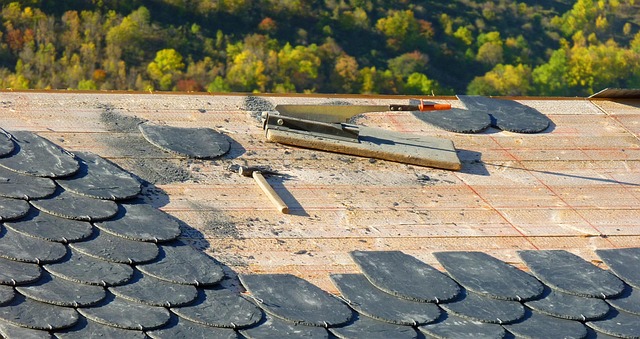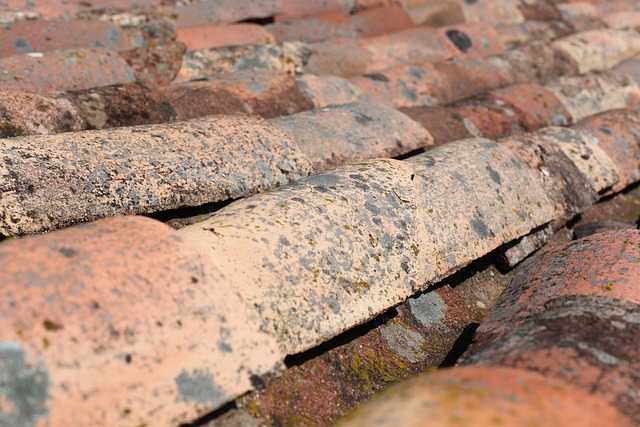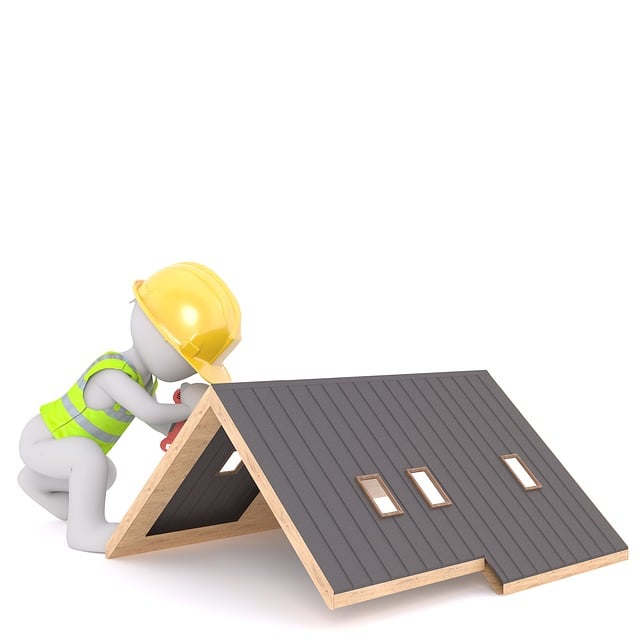A roofer's toolkit includes advanced leak detection tools like thermal imaging cameras and moisture meters, enabling them to visualize and accurately identify leaks, measure humidity, and access hard-to-reach areas. They inspect shingles, underlayment, framing, flashing, and vents for damage or signs of decay, ensuring structural integrity and preventing water damage, mold growth, and energy inefficiency. Early detection by professionals helps homeowners avoid costly repairs and ensures shelter safety.
A roofer’s expertise is invaluable when it comes to maintaining your home’s most crucial shield—the roof. This essential article delves into the critical tasks of leak detection and assessing roof integrity. From identifying subtle signs of decay to utilizing specialized tools, roofers ensure your sanctuary remains secure. Learn about the key instruments in a roofer’s arsenal for effective leak identification and comprehensive structural evaluations, keeping your property safe from potential dangers above.
Roofer's Essential Tools for Leak Detection

A roofer’s toolkit is an essential part of their trade, and leak detection requires a specialized set of tools to identify issues accurately. Among the most crucial instruments are thermal imaging cameras, which can spot temperature variations on rooftops, indicating potential leaks or areas of moisture intrusion. These advanced tools visualize what the naked eye might miss, especially in complex roof structures.
Additionally, roofer’s use infrared thermometers, wet-vapor meters, and borescopes for in-depth inspections. Moisture meters are vital to gauge humidity levels and detect water sources, while borescopes enable them to peer into hard-to-reach areas. These tools empower roofers to conduct thorough assessments, ensuring they can pinpoint the source of leaks effectively and provide informed solutions to customers.
Assessing Roof Decay and Structural Damage

A roofer’s expert eye is crucial when assessing roof decay and structural damage. During an inspection, they meticulously examine the shingles or tiles for any signs of missing, damaged, or curled roofing materials, which could indicate exposure to extreme weather conditions or pests. The underlayment is also carefully inspected for moisture, mold, or rot, as these issues often signal underlying problems that require immediate attention.
Moreover, a roofer looks for structural integrity by checking the roof’s framing, flashing, and vents. Damaged or rotten wooden components, loose flashing, or blocked vents can lead to significant problems like water damage, mold growth, and reduced energy efficiency. By identifying these issues early on, professional roofers can help homeowners prevent costly repairs and ensure a safe, secure shelter.
A roofer’s expertise lies not only in repairing leaks but also in meticulous inspection. By utilizing specialized tools and a keen eye, roofers can identify decay and structural issues early on, ensuring the longevity of homes. Regular assessments are key to maintaining a robust roof system, allowing for prompt repairs and preventing further damage. With these essential practices, roofers play a vital role in safeguarding properties from potential hazards.
